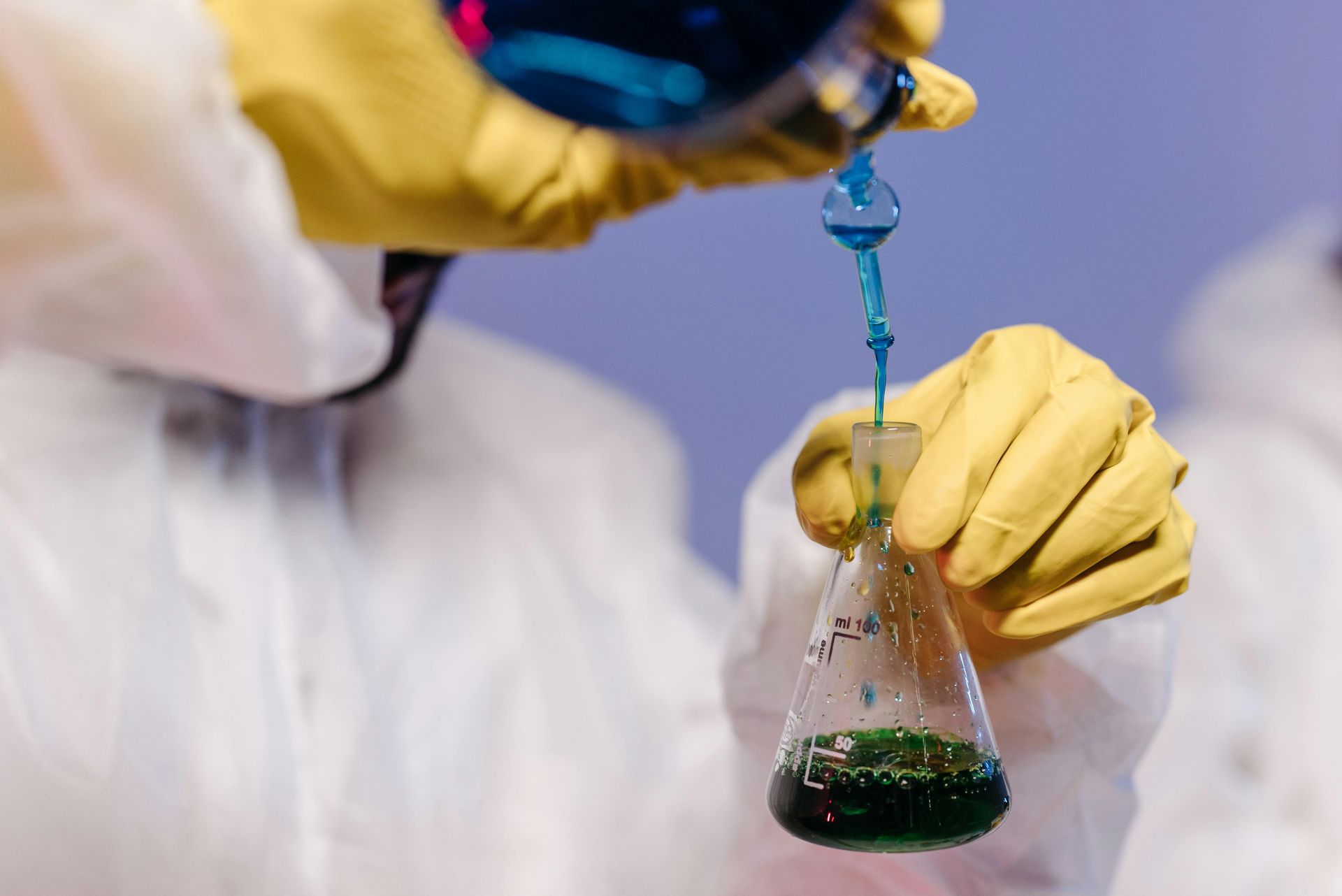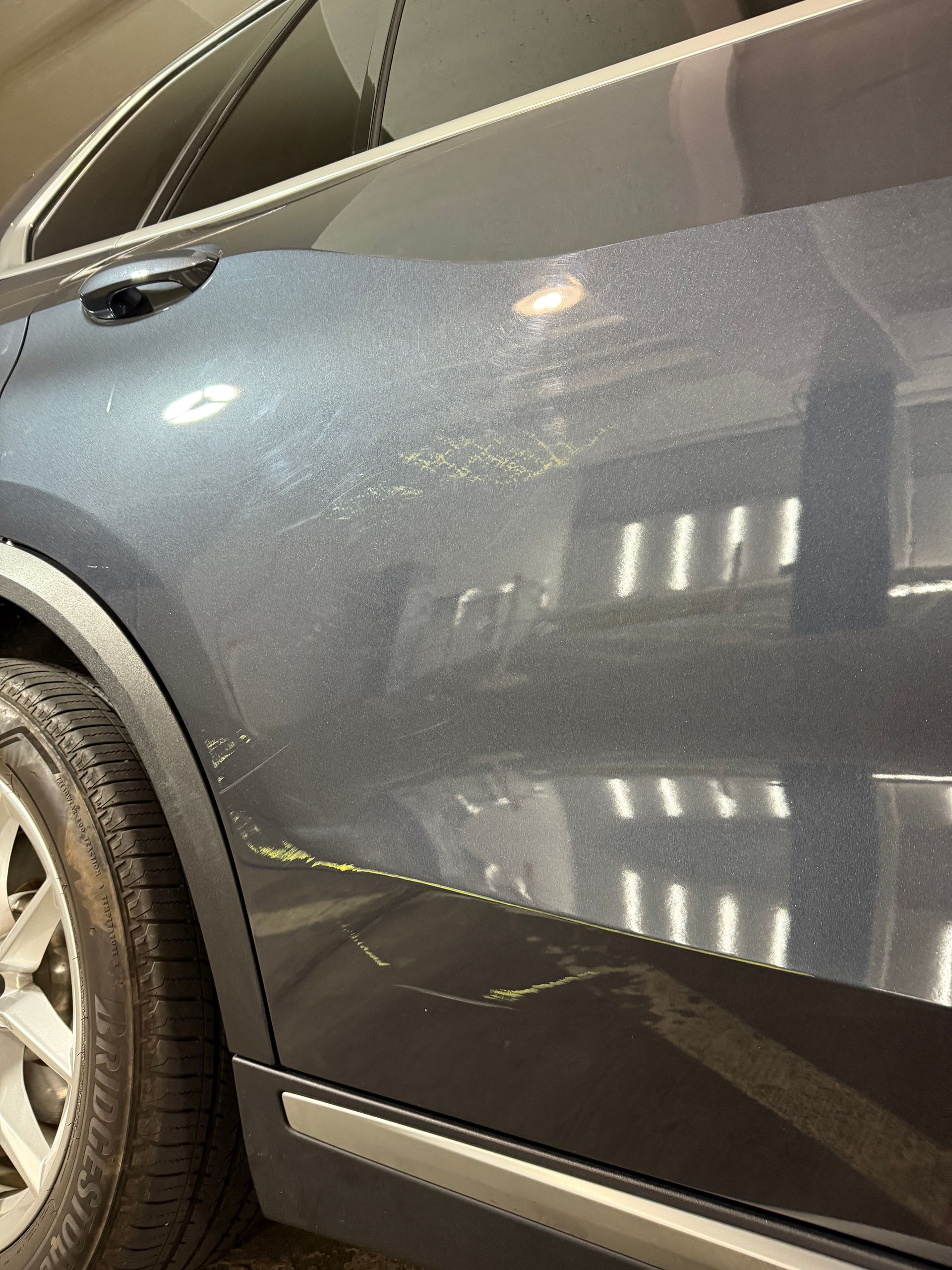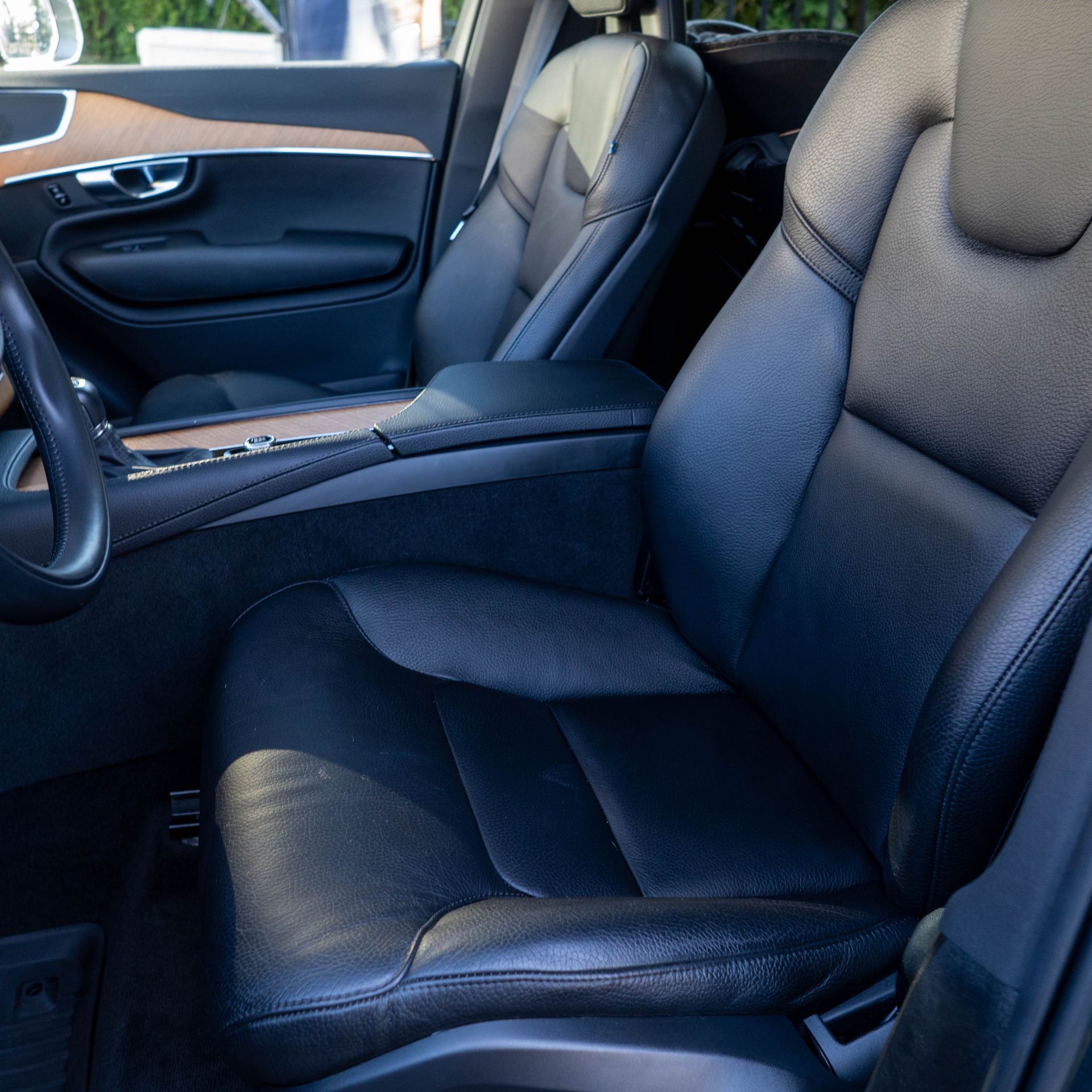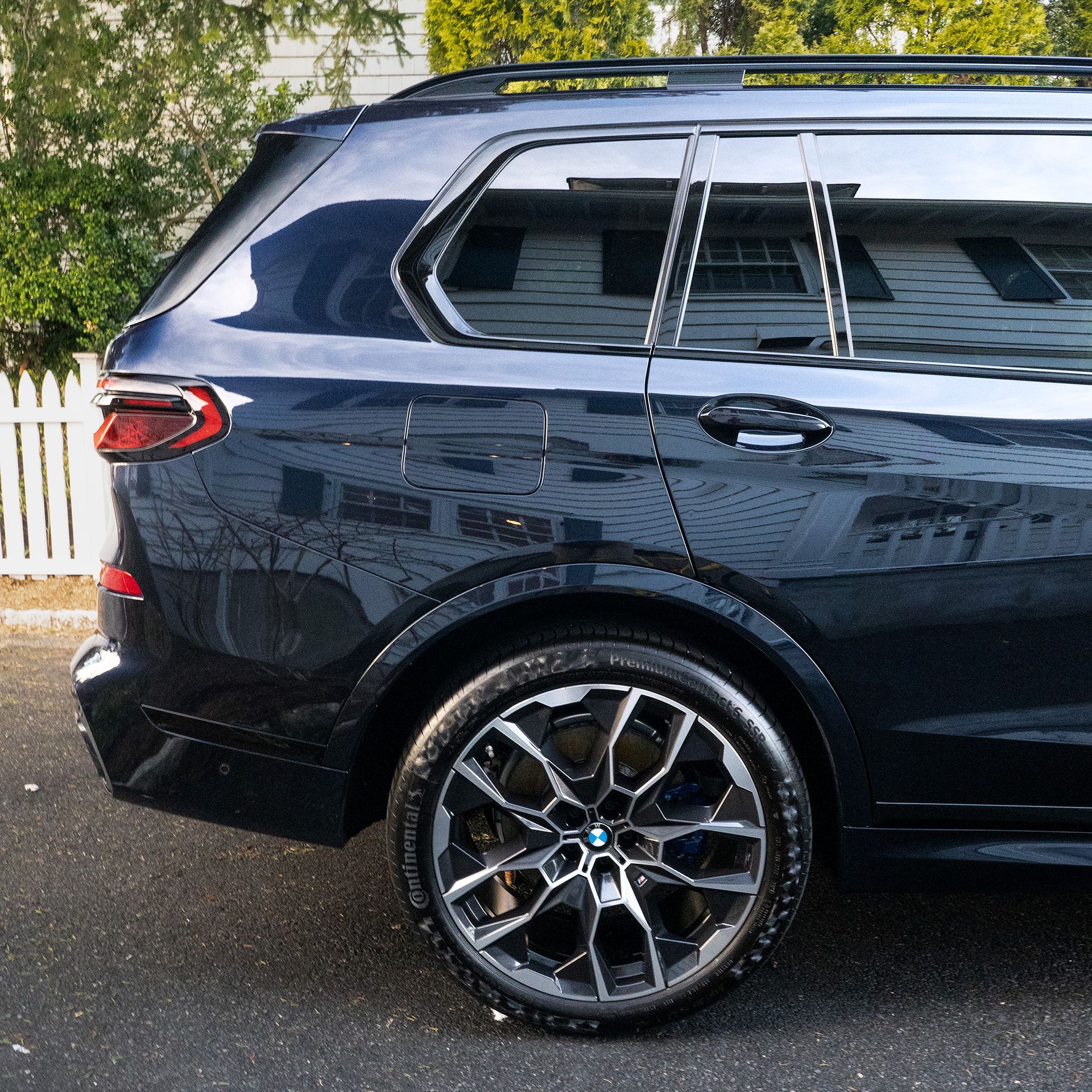The Complete Beginner's Introduction to Ceramic Coatings in 2024
December 6, 2023
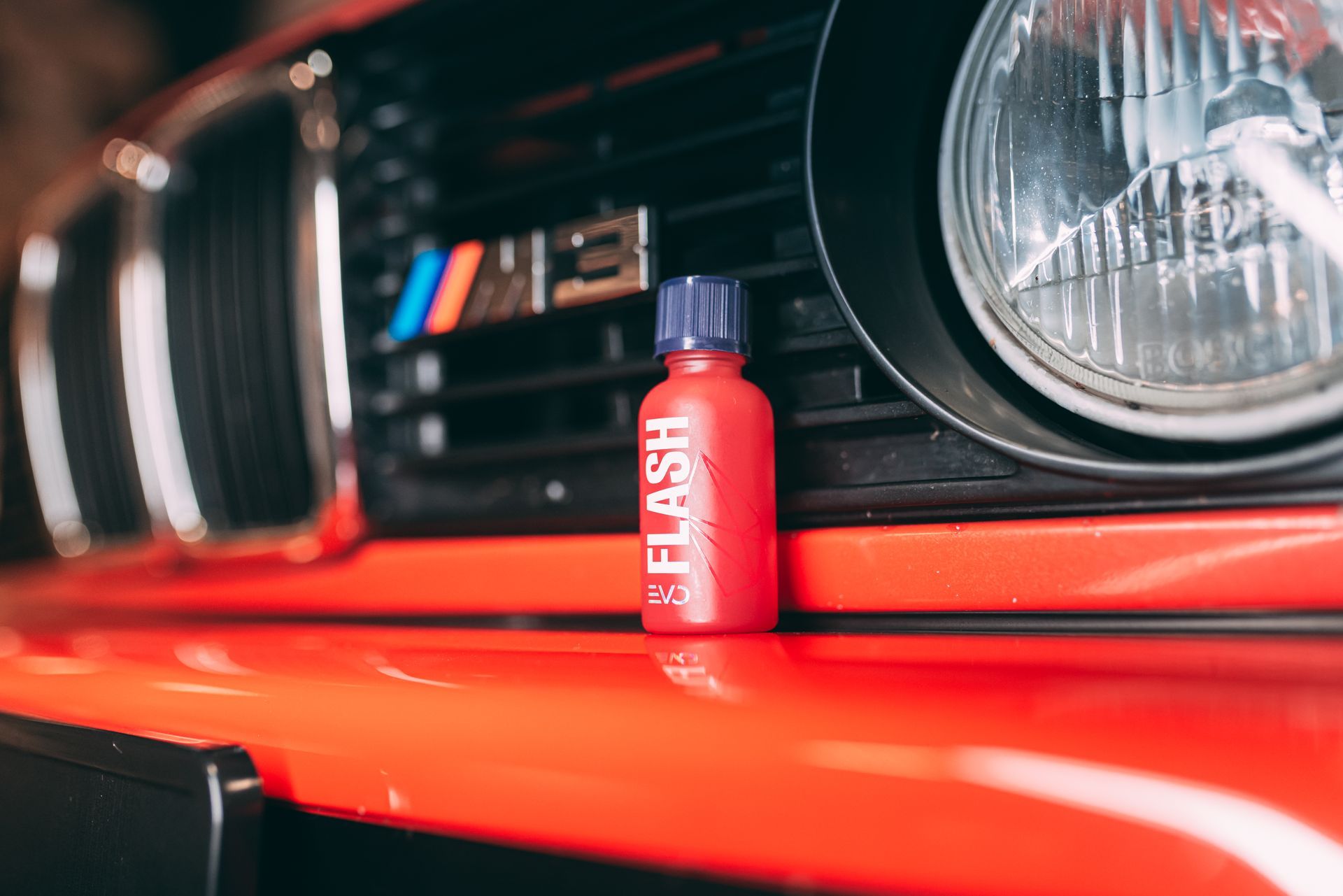
Introduction to Ceramic Coatings: The Future of Car Care and Protection
Understanding the Science of Ceramic Coatings
Ceramic coating is a polymer based solution that is used to protect the paint of a vehicle. They are normally composed of silicon dioxide obtained from natural sources like quartz and sand. These coatings form a hard shell on the exterior of the car, protecting it from environmental pollutants. Vehicles can remain cleaner due to their hydrophobic nature. They are popular for providing long term protection which can last for some years up to a decade depending on the product and services rendered. Ceramic coatings are known to shield against UV rays, light scratches, chemical stains, and heat, increasing durability of paint while improving its look too.
Did you know? Ceramic coatings were first introduced by NASA for use on spacecrafts because of their resistance to extreme temperatures and harsh space conditions. When introduced in 1994, it was only for use on ceramic materials before it was found in 1996 that the coating could be used on a wider variety of applications for the same purpose.
Basic Pros and Cons of Ceramic Coatings
Ceramic coatings provide a wide range of benefits to their users as a semi-permanent solution to paint protection. These benefits include:
- Longer-lasting protection than traditional waxes
- Improved gloss and shine for a fresh, factory finish
- Easier cleaning thanks to water-repelling properties
Ceramic coatings also require different care and upkeep, some disadvantages include:
- Can be expensive to apply and maintain
- Professional application needed for best results
- Regular maintenance may be necessary for long-term effectiveness
Application of a Ceramic Coating is Only the Beginning to Proper Protection; Not an End All, Be All
At Westchester Auto Detail we like to provide full transparency on the products we offer. While ceramic coating provides long-lasting protection for users on their vehicle, they're not fully indestructible. Maintenance and proper application is still required in order to yield the best results from your ceramic coating application and avoid staining or loss of gloss and hydrophobic properties.
A Brief Intro to the Technology Behind Ceramic Coatings
Ceramic coatings utilize nanotechnology to form a thin, invisible layer that bonds on the surface of vehicle paint to create a protective barrier. This barrier is able to protect against water, dirt and other environmental contamination. We go into greater detail about this in the next section: How do Ceramic Coatings Work?
Why Ceramic Coatings are a Common Choice
Ceramic coatings are a popular choice commonly used by consumers looking to protect their new vehicle, or recently paint corrected vehicle because they offer long lasting protection, are easier to clean due to their hydrophobic properties, and have a higher pH resistance against chemicals. Ceramic coatings are also harder than normal paint. Ceramic coatings also boast a shine that cannot be replicated by traditional waxes and sealants that make a vehicle stand out.
Read more to learn about how ceramic coatings can work to protect your vehicle.
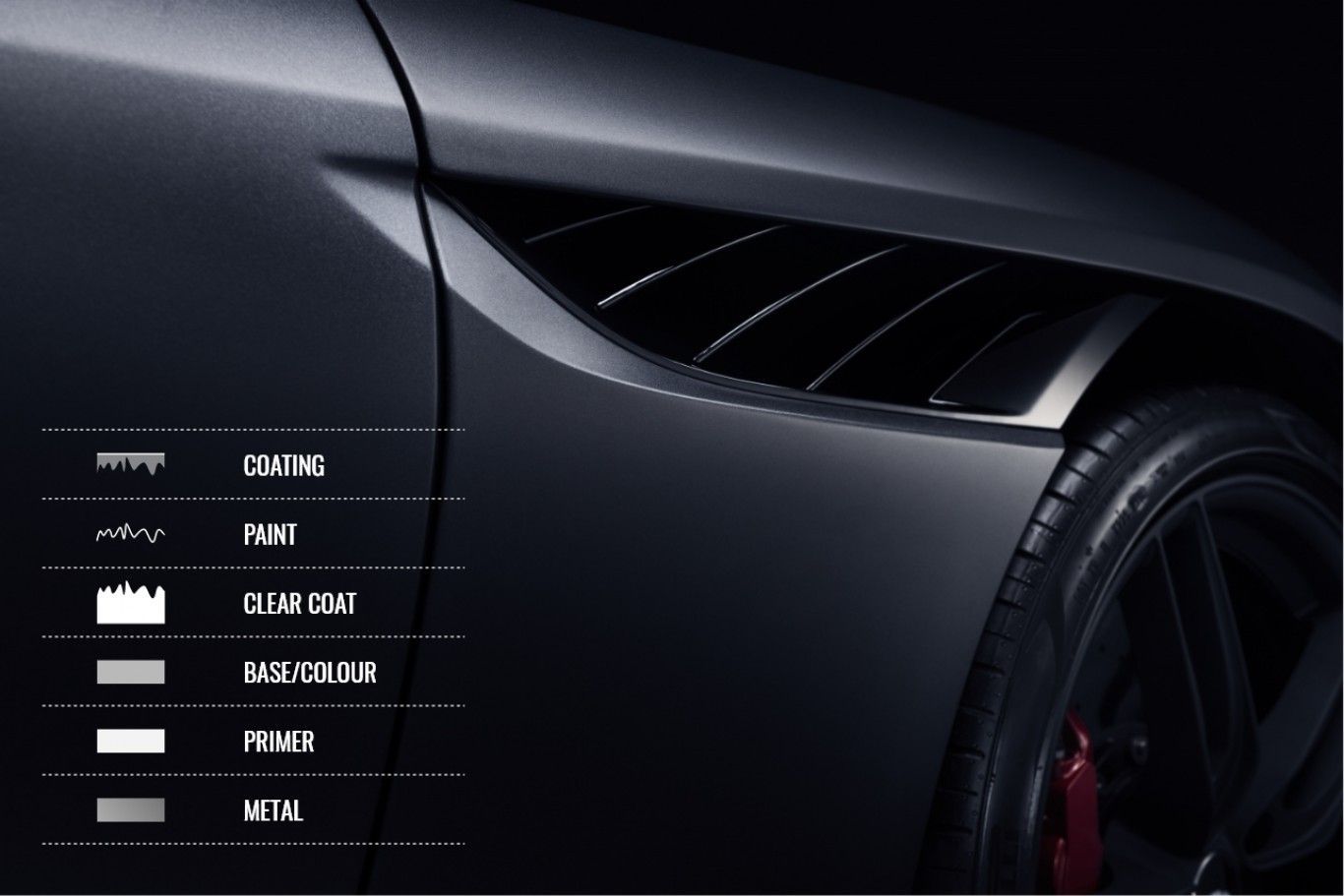
How do Ceramic Coatings Work? The Chemistry Behind the Coating
Today's ceramic coatings are designed to protect automotive paint and surfaces. These coatings are primarily made from Silicon Dioxide (SiO2), to help protect from things such as tree sap, bird droppings and bug guts. The small nanoparticles in the coating bond with the vehicle's paint on a microscopic level in order to form a hard layer of protection. The only way that this coating layer can be removed over time is by mechanical abrasion.
This ceramic coating provides a layer of protection against UV rays in order to protect from fading and oxidation. Because the coating creates a hard shell on the vehicle, the paintwork becomes less suceptible to swirls and scratches. Keep in mind that coatings do not provide full protection against swilrs and scratches and rigorous maintenance guidelines should be followed to avoid damaging the coating.
Hydrophobicity is a notable feature of ceramic coatings, which contribute to their self healing properties. Because the coating surface is able to repel water, it falls off more easily and creates a beautiful beading effect. Dirt or grime that is suspended in water would normally stick to the surface of a car's paint, but with a ceramic coating it can be carried off the surface, lessening the need for frequent cleaning to achieve the same result.
Ceramic Coatings: A Step-by-Step Application Process
Expert Techniques
Applying a ceramic coating is an involved process that requires expertise in multiple areas of detailing as well as strict attention to detail. Here at Westchester Auto Detail, we've tailored our process in order to provide the maximum level of shine and protection for your vehicle. Our Gyeon Certified detailers have undergone rigorous training in order to implement our multi-step procedure to achieve optimal results.
Preparation is Key
Before we begin the application of the ceramic coating, thorough prep work is essential. This includes a comprehensive cleaning, decontamination, and paint correction process to ensure the surface is flawless for coating adhesion. Here's a breakdown of the steps our experts follow:
- Washing: The vehicle is thoroughly washed to remove all surface dirt and contamination.
- Decontamination: We perform a chemical decontamination to eliminate any bonded contaminants like tar and iron fallout within the vehicle's paint, followed by a clay bar treatment to remove what's left.
- Paint Correction: Our single or multi-stage paint correction process removes swirls, scratches, and other paint defects while enhancing gloss. This step is important because it ensures a smooth, fresh base for the coating to bond with, resulting in a uniform and durable layer.
- Panel Wipe: After correction, a special panel prep is used to strip any residual oils or polish residues, ensuring a clean surface for the coating to adhere to.
- Application: The coating is applied panel by panel. We use Gyeon coatings, for a durable, long-lasting finish. The coating is allowed to cure, bonding chemically with the paint and forming a hard, protective layer with the paintwork.
- Inspection and Curing: Upon application, the vehicle is inspected by the technicians in order to identify any high spots or imperfections in the coating before being allowed to cure. The curing process ensures the coating hardens and bonds fully with the vehicle’s paintwork.
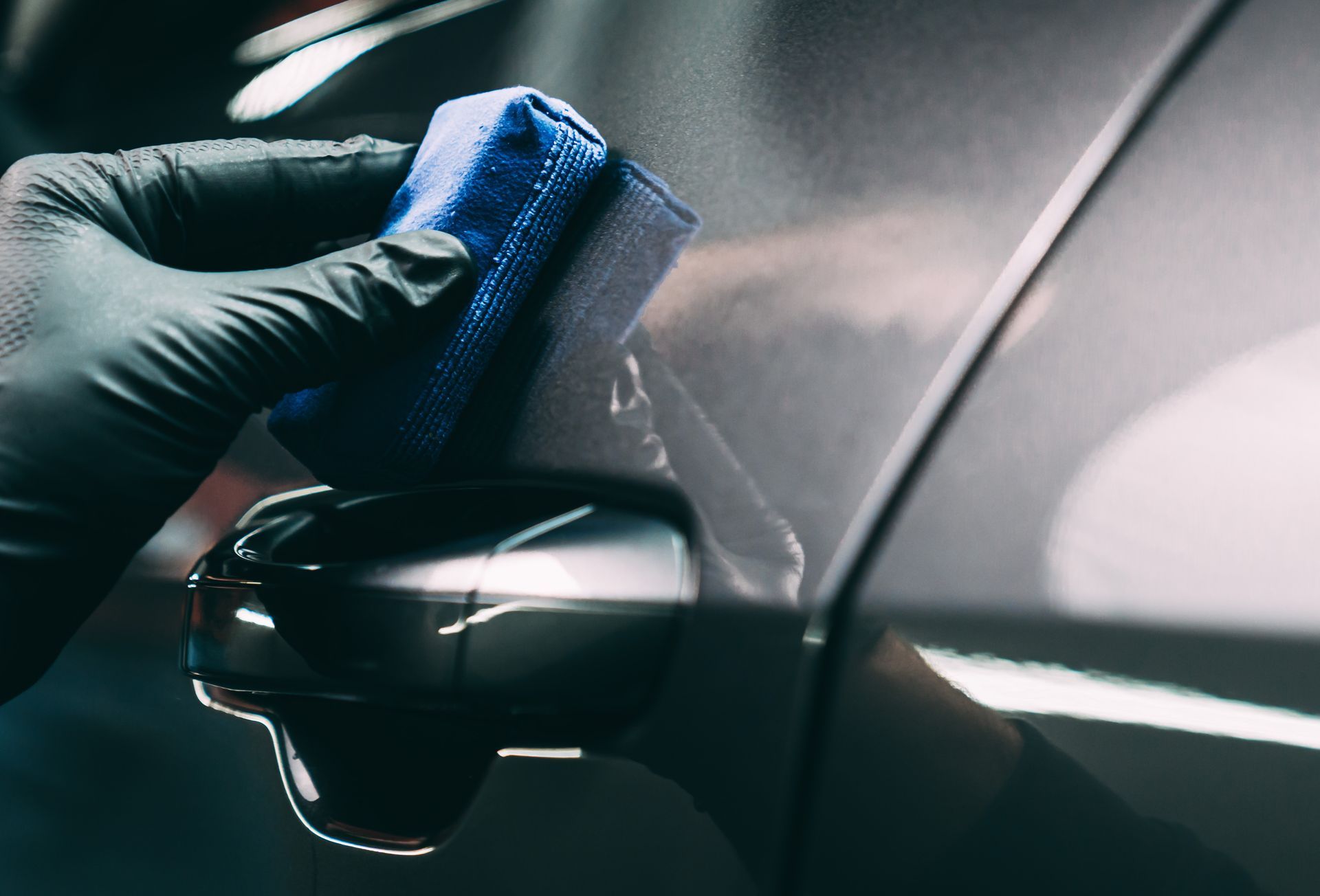
Maintaining Your Ceramic Coated Vehicle
Proper maintenance is imperative in order to preserve the integrity and durability of your ceramic coated surfaces. Each manufacturer has an outlined set of steps in order to keep the coating in its best shape. Below are some general recommendations that work across professional ceramic coatings. We really recommend keeping up with a consistent routine, as environmental contamination can eat away at or discolor the coating if left on the surface for too long.
Wash and Care
Ceramic coatings cut down wash time dramatically because of their water beading and sheeting properties. We recommend these specific techniques in order to ensure the best performance of the coating.
- Use a pH-neutral car shampoo that won't degrade the ceramic layer.
- Employ a two-bucket wash method, one for clean, soapy water and another to rinse your mitt or cloth, reducing the risk of scratching the coating.
- Soft, microfiber wash mitts and towels are recommended to avoid micro-abrasions.
- Avoid high PH detergent soaps and degreasers as these can weaken the coating’s hydrophobic properties. Use a pH neutral detergent.
- Dry the vehicle with a clean microfiber towel to avoid water spots. Avoid letting the vehicle dry in the sun.
- Schedule regular washes: Depending on your environment, washing every two weeks is usually sufficient to maintain the coating's hydrophobic properties.
- Apply a ceramic boost spray every few months to rejuvenate the hydrophobic effect.
Myth vs. Reality
There are a lot of myths and false advertising around what ceramic coatings can or can't do. We've uncovered a few common misconceptions about ceramic coatings:
- MYTH: Ceramic coatings are a maintenance-free solution to car care.
Reality: While ceramic coatings do reduce maintenance needs, they are not a do it and forget it solution. Regular cleaning is essential in order for the coating to perform and last as long as advertised. - MYTH: Ceramic coatings are scratch proof.
Reality: Ceramic coatings are scratch-resistant, meaning they can withstand minor scratches, but they are not impervious to all scratch damage. Because of the harder surface, you are less likely to cause scratches on the surface, but like with anything, ceramic coatings can be damaged by the environment or not following maintenance recommendations. - MYTH: After ceramic coating, you never need to wax your vehicle.
Reality: It’s true that you don’t need wax to maintain the shine or protection level of a ceramic coating. However, some owners opt for a topcoat or ceramic based sealant layer to add extra gloss and aid in cleaning. These ceramic sealants that are designed for ceramic coatings minimize the damage done to coatings and improve slickness. - MYTH: Any car wash solution is fine for a ceramic-coated car.
Reality: It’s best to use car care products specifically formulated for ceramic coatings to prevent deterioration of the protective layer. You should only use hand washing methods and fully avoid automatic car washes.
By adhering to these guidelines, you can ensure the ceramic coating on your vehicle continues to offer a strong protection against the elements, keeping your car glossy for the following years to come.
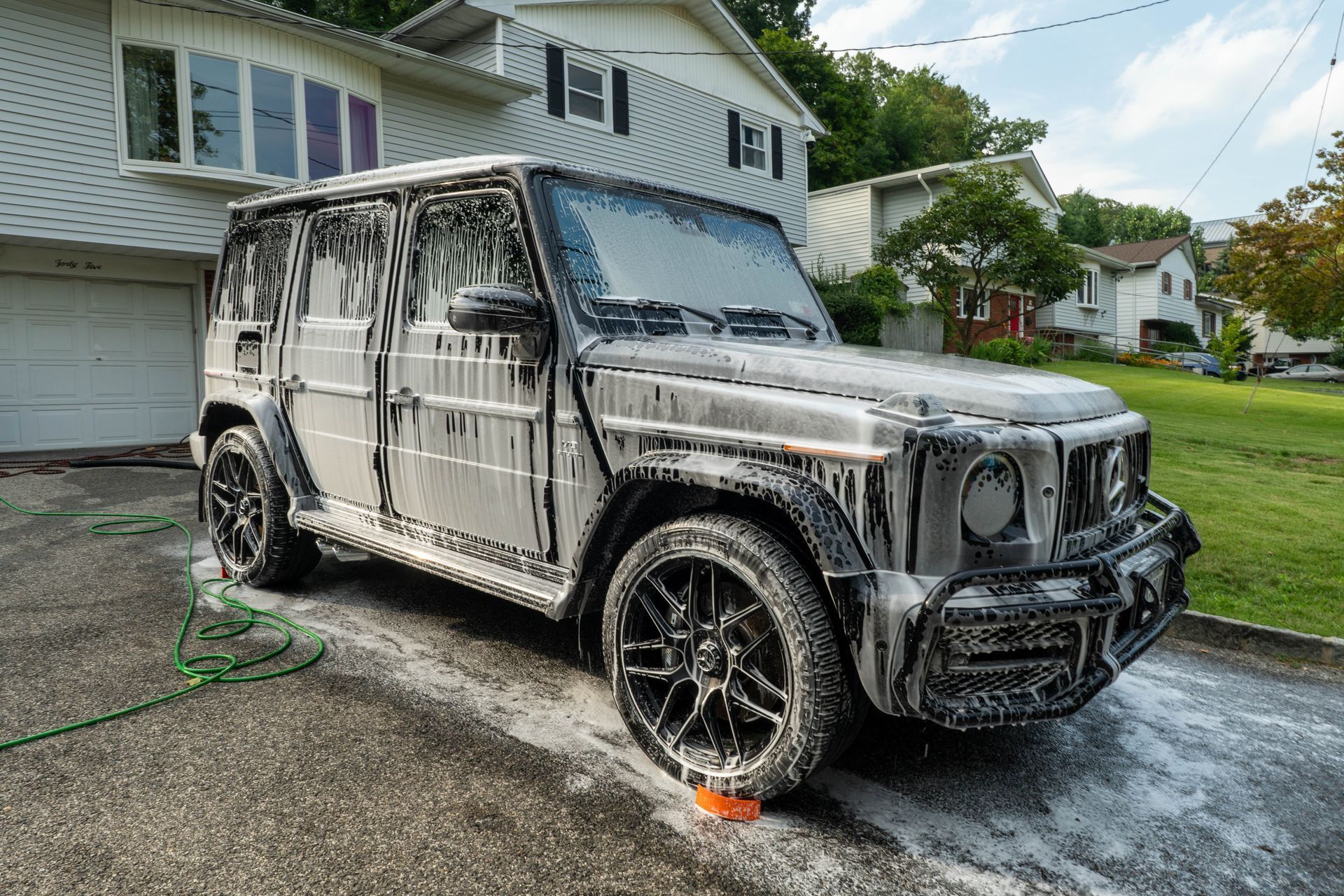
The Durability and Longevity of Ceramic Coatings
Understanding what to expect from a ceramic coating in terms of lifespan and durability is important when trying to make the most of your investment.
Expected Lifespan
The longevity of a ceramic coating is influenced by several factors, including the product grade, application quality, and exposure to the environment. At Westchester Auto Detail, we offer different packages of ceramic coating services, known for their varying lifespans:
- 1+ Year Professional Ceramic Coating: An entry level of protection that offers a significant upgrade from a traditional wax or sealant.
- 3-5 Year Professional Ceramic Coatings: A mid-tier option that balances long-term protection with affordability.
- 10 Year Professional Ceramic Coating: For those seeking the ultimate in durability and longevity, this high-end professional coating provides a decade’s worth of exceptional defense against the elements with the highest level of shine.
Each coating option comes with a guaranteed period of performance, ensuring that your vehicle’s shine and protection live up to your expectations.
Maximizing Effectiveness
To ensure that you get the maximum life and efficacy from your coating, proper care and maintenance is essential. Here's some professional tips on ec
- Wash regularly with a pH neutral soap. Avoid abrasive materials to maintain the integrity of the coating.
- Quickly removing acidic contaminants like bird droppings and tree sap can prevent potential etching and staining of the coating. Use an alcohol based solvent to remove sap or bird poop.
- Whenever possible, park under cover to minimize exposure to UV rays and environmental pollutants.
- Steer clear of caustic (corrosive) chemicals and cleaning agents that can erode the ceramic layer.
- Visit your professional ceramic coating installer to check in on your coating. Your detailer should have the ability to decontaminate the coating in the case that it gets clogged without damaging the coating, improving shine and hydrophobicity.
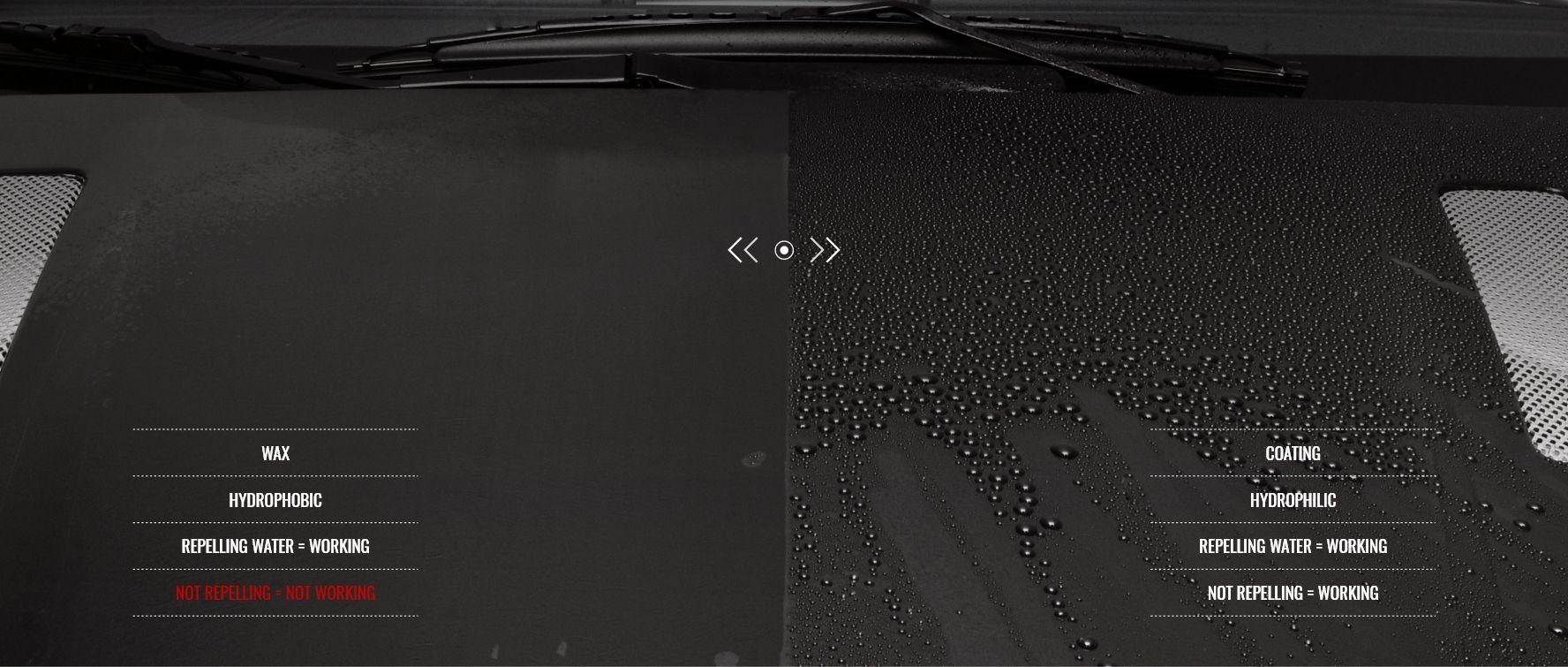
If you still have questions about ceramic coating, check out our blog for more resources. Visit ceramic coating services for more information about ceramic coating pricing and packages.
